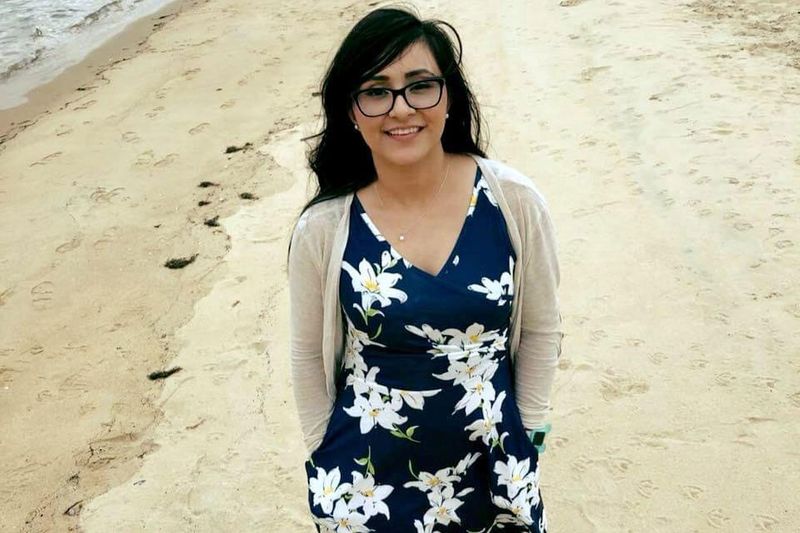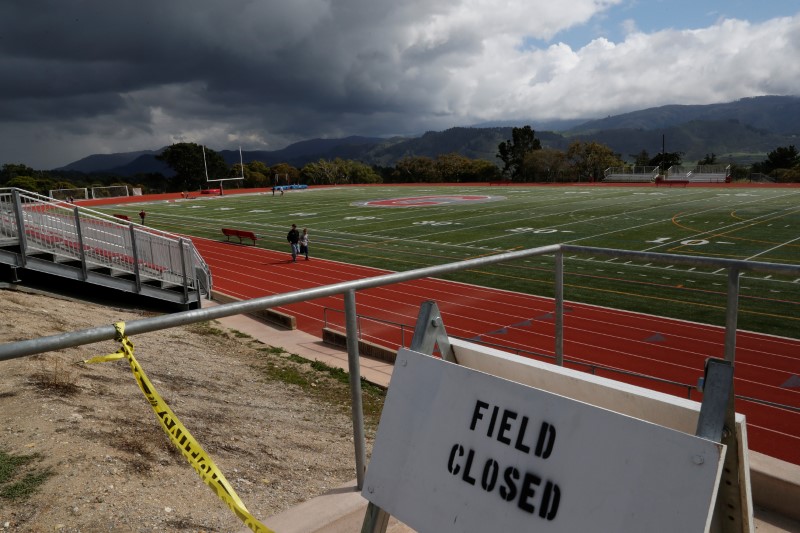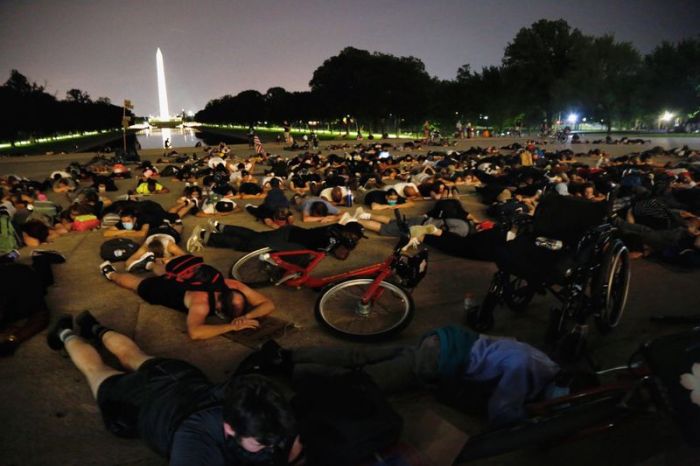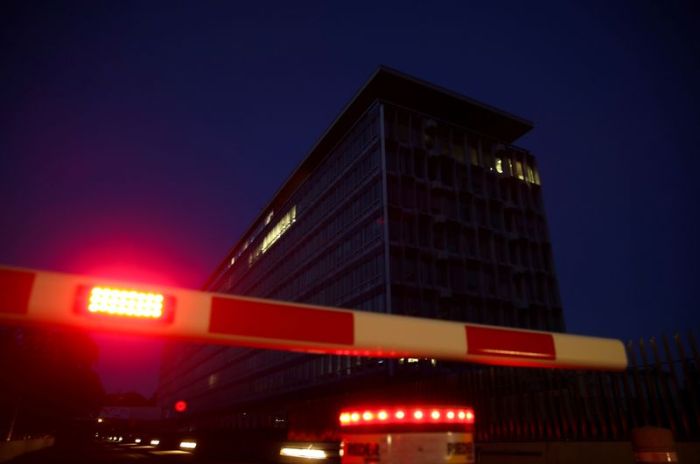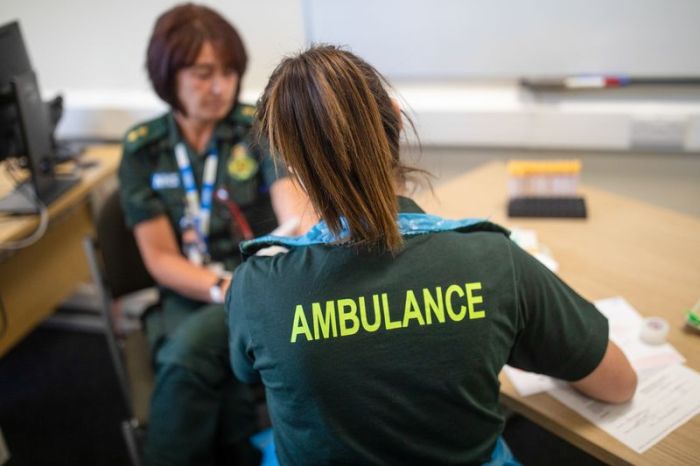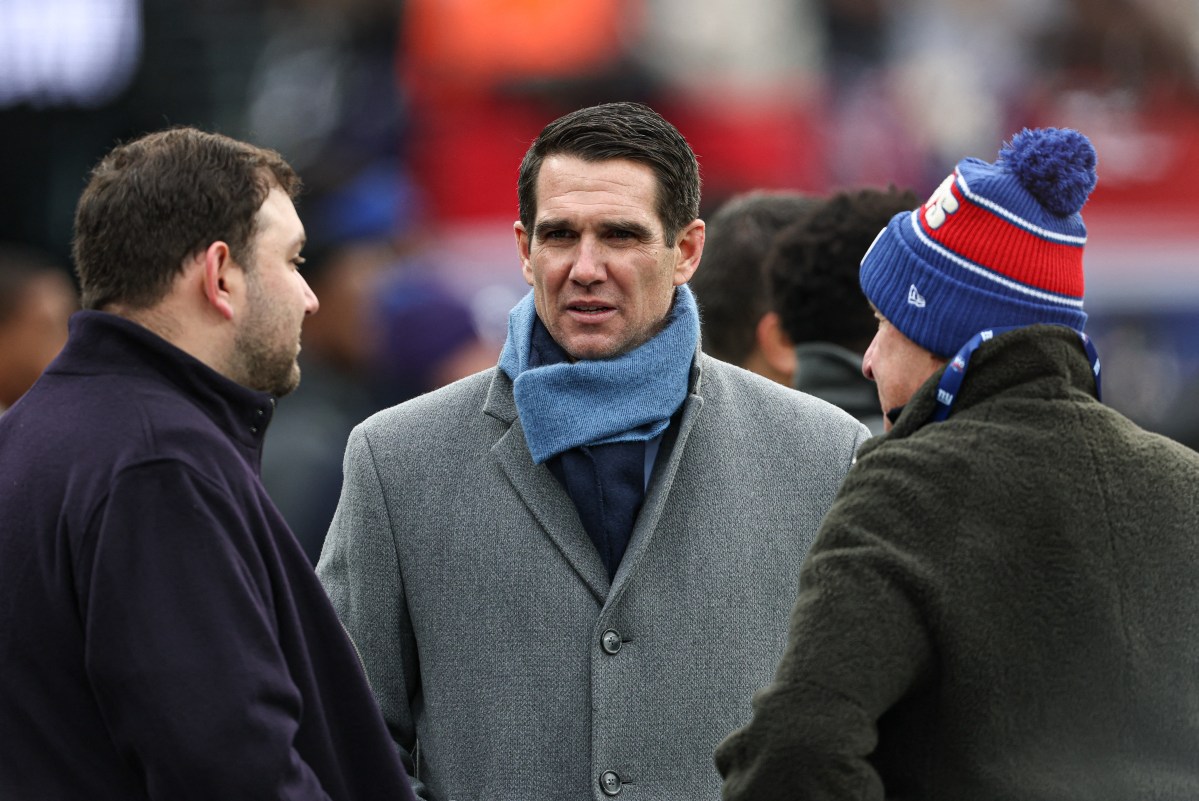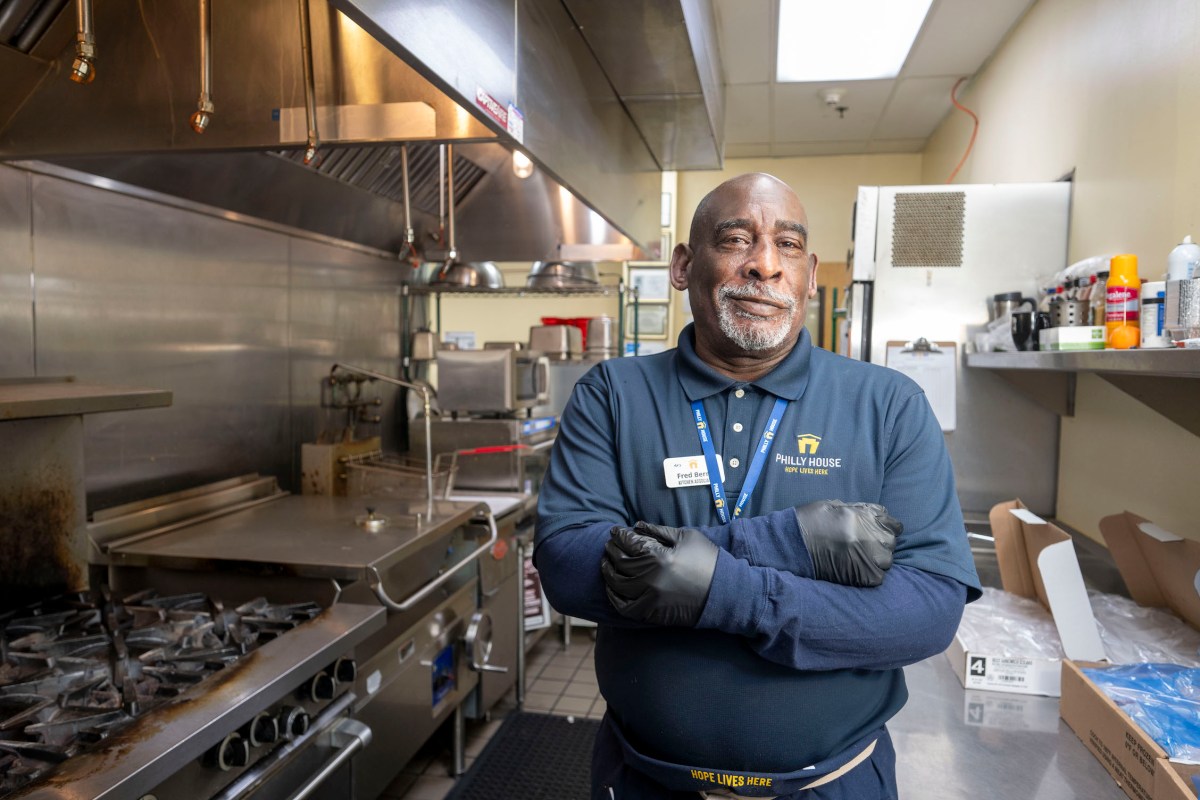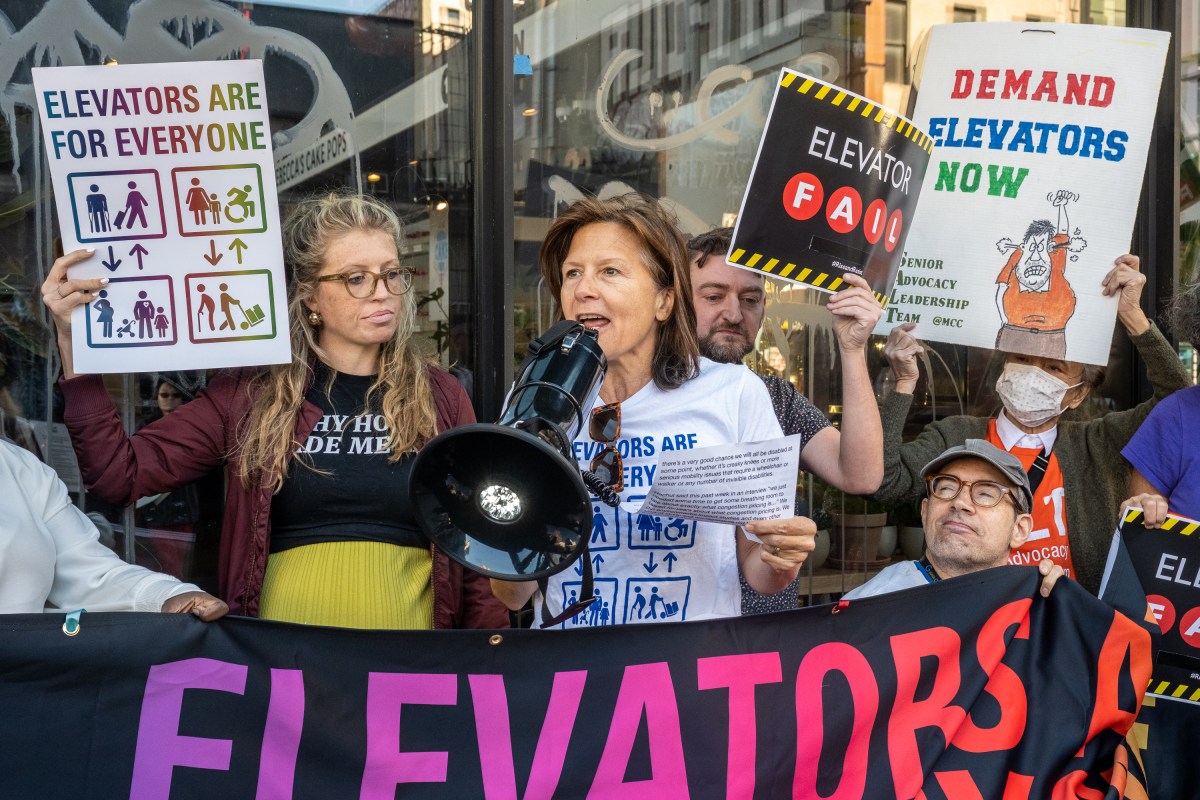(Reuters) – Late last month, San Diego high school teacher Jessica Macias put aside her worries about her future, psyched herself up and launched into an enthusiastic lesson via video feed to her class on the theory of knowledge.
Macias, a 26-year-old English teacher, had attended Castle Park High School herself as a student. While delivering that lecture, she said, she was “pushing to the back of my head” that she’d soon be unemployed. Macias, along with 204 other teachers in San Diego’s Sweetwater Union High School District, will lose her job when the school year ends June 5.
The night before the class, she said in an interview, “I couldn’t sleep because I was thinking about not having a job.”
Macias will join the staggering number of public school personnel across the United States who have lost their jobs in the wake of school closures amid the Covid-19 pandemic. In April alone, 469,000 public school district personnel nationally lost their jobs, including kindergarten through twelfth-grade teachers and other school employees, a Labor Department economist told Reuters.
That is more than the nearly 300,000 total during the entire 2008 Great Recession, according to a 2014 paper by three university economists financed by the Russell Sage Foundation. The number of public school teachers hasn’t recovered from that shakeout, reaching near-2008 levels only in 2019.
Multiple school district administrators, public officials and teaching experts have warned that the current school personnel job loss will last for years, hurting the education of a generation of American students. It also could be a drag on economic recovery, for one thing because school districts are big employers.
The Labor Department reported on May 8 that 20.5 million non-farm workers lost jobs in April, including 980,000 government workers. Of those, 801,000 were local government employees. Although the Labor Department report does not break out the number, 469,000 of the 801,000 local government workers were K-12 public school teachers and other school personnel, the department economist told Reuters.
BIG BLOW TO POOR AREAS
School districts in poor areas face the most punishing blows. A Brookings Institution paper in April predicted that education layoffs “would come at the worst possible time for high-poverty schools, as even more students fall into poverty and need more from schools as their parents and guardians lose their own jobs.”
Low-income districts are particularly troubled because of plunging revenue amid the Covid-19 recession. Districts rely for revenue on local property taxes and state subsidies. Poorer districts, where property tax revenue is low, rely on states for most of their income. With states hit hard by falling income and sales taxes, aid to school districts is dwindling in many places.
The job losses at public K-12 schools are bigger and coming faster than experts anticipated. Michael Griffith, a senior researcher at the Learning Policy Institute, says “we’re looking at record cuts in teaching positions.”
In addition, many librarians – who now perform a variety of essential classroom functions – are expected to be let go. So may college advisors and the aides who work with developmentally and physically disabled students.
Many teachers and administrators are predicting class sizes will double with fewer teachers on the payroll. Some say the teacher losses will be felt in other ways.
Robert Hull, chief executive of the National Association of State Boards of Education, which represents states’ interests, told Reuters most class sizes actually will shrink when schools reopen. That is because of COVID-19 and the need for social distancing. One adaptation will be to have students come to school, on a staggered basis, only on certain days of the week, and possibly receive video instruction other days. He predicted that some of these changes would be permanent.
DEMOCRATS SEEK AID BILL
A bill passed recently by the Democratic Party-controlled U.S. House of Representatives would provide $13.5 billion in aid to K-12 public schools. Republicans, who control the Senate, oppose the bill as written. Its fate hangs in the balance as school teachers and administrators hope for the bailout.
April was an especially cruel month for education. The Labor Department report said that in addition to the 469,000 K-12 personnel, state-run colleges and universities laid off 176,000 professors and other employees. Private schools, including well-known colleges and universities and K-12 private schools, were down by 457,000.
On average, 80% of public K-12 school budgets go to salaries and benefits, according to data from the Learning Policy Institute, leaving little besides employees to cut.
Susanna Loeb, a professor of education at Brown University, said she believes most of the 469,000 laid off in April were non-teacher personnel, as districts tend to fire teachers last. But anecdotal evidence from interviews and press reports suggests that the toll includes significant numbers of teachers.
The Paterson, New Jersey, school district is laying off 243 teachers. The school board of Rochester, New York, has authorized laying off up to 198 teachers. The Napa school district in California’s Napa Valley has voted for 145 teacher layoffs. Many small districts are laying off proportionately large numbers of teachers.
Like schools across the country, San Diego’s Sweetwater already had severe financial problems before Covid-19 hit. Sweetwater Superintendent Karen Janney did not respond to attempts to reach her for comment.
English teacher Macias is out of luck. Because she had been a teacher there for only four years, her lack of seniority put her on the chopping block. There would be no reprieve even though she taught challenging classes, including baccalaureate degree courses required by European universities. She says she hasn’t yet seen any other openings in California.
“One of my biggest dreams was to teach at Castle Park,” Macias says.
(Reported by Scot Paltrow in New York. Edited by Michael Williams)

